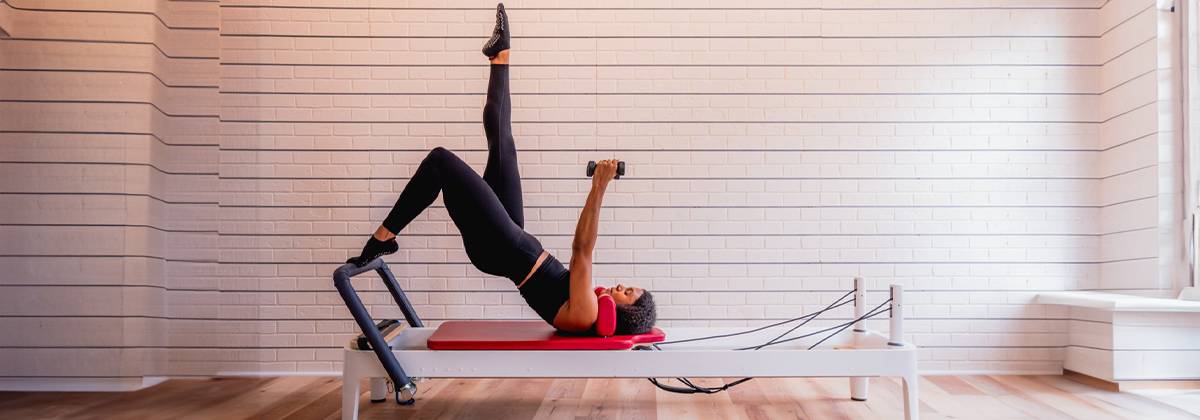
20 Nov, 2025 Pilates for Runners: Improving Endurance and Flexibility
Why Runners Benefit from Pilates
1. Core Strength & Stability
Pilates targets deep core muscles (like the transverse abdominis and obliques), which helps stabilize your pelvis and spine. This leads to better posture, more efficient running form, and less wasted energy.
2. Improved Breathing & Endurance
The breath control in Pilates (coordinating movement with breath) enhances lung capacity and oxygen efficiency — both of which are critical for longer, stronger runs.
3. Flexibility & Mobility
Running often tightens hip flexors, quads, hamstrings, and calves. Pilates provides dynamic and static stretching to lengthen these muscles and improve your range of motion.
4. Injury Prevention
By strengthening stabilizing muscles around your hips, knees, and ankles, Pilates helps correct muscular imbalances that commonly lead to running injuries like IT band syndrome or shin splints.
5. Faster Recovery
The low-impact, controlled nature of Pilates supports muscle recovery. It boosts joint mobility, reduces soreness, and helps you listen to your body more deeply.
6. Mind-Body Awareness
Pilates encourages concentration, alignment, and body awareness. This helps runners maintain good form, especially when fatigue sets in.
How to Incorporate Pilates into Your Running Routine
Pre-run Warm-up: Use gentle Pilates dynamic moves (e.g., bridges or leg swings) to wake up key muscles before you run.

Post-run Recovery: Do static Pilates stretches after runs to help recover tight muscles and release tension.
Cross-Training Days: Dedicate 1–2 non-running days each week to a full Pilates workout. This can build strength without high impact and reduce risk of overuse injury.
Reformer Pilates Option: If you have access to a reformer, Pilates on this equipment can be particularly effective. It offers resistance, low impact, and a strong focus on stability, which is great for improving endurance and alignment.
💡Tips & Considerations
Consistency matters: Even just 1–2 Pilates sessions per week can make a big difference for runners.
Focus on form: Pilates is all about precision. Use slow, controlled movements instead of rushing.
Listen to your body: Use Pilates to address imbalances. If you feel tightness or asymmetry, spend more time on stabilizing moves.
Work with a qualified instructor: Especially for reformer Pilates, it’s helpful to learn from a certified teacher, to make sure you’re using proper technique and reducing injury risk.

💡Final Thoughts
Pilates is a powerful complement to running — not just for strength, but for flexibility, endurance, and injury prevention.
Incorporating Pilates can help turn “running longer” into “running stronger” — with better form and less downtime.
Whether you use mat Pilates, reformer Pilates, or a mix, it’s worth giving it a try for a well-rounded training routine.
By,
Dr Riya goel (PT)
Sports physiotherapist & Pilates instructor at A+OSM
